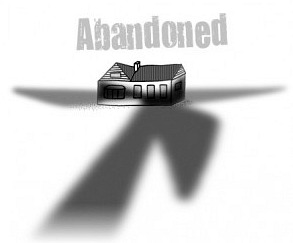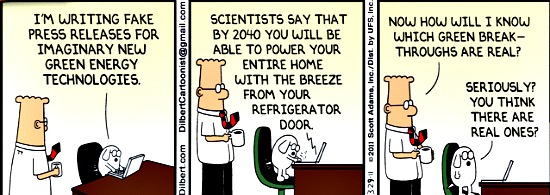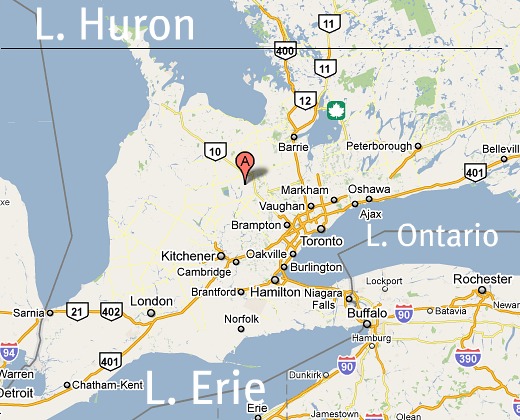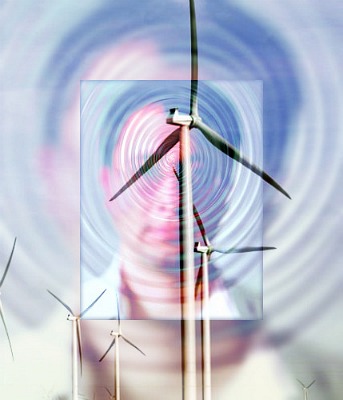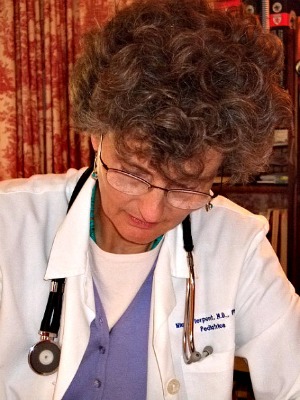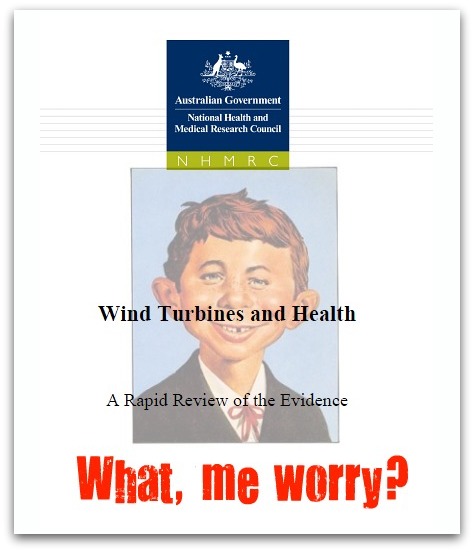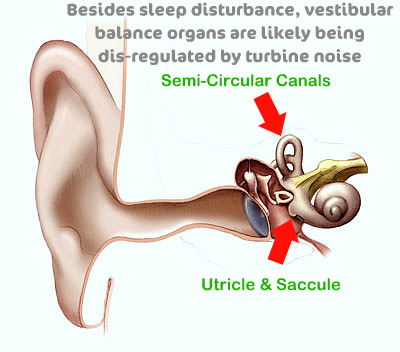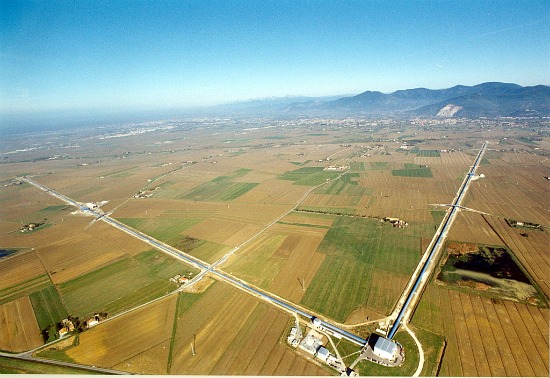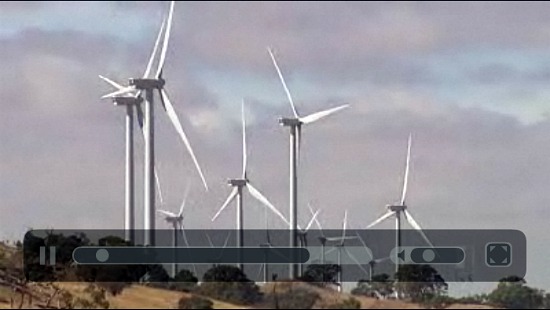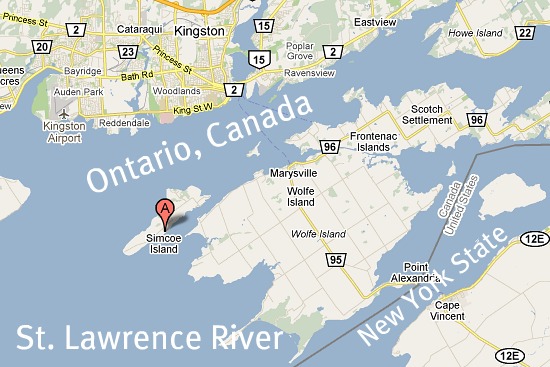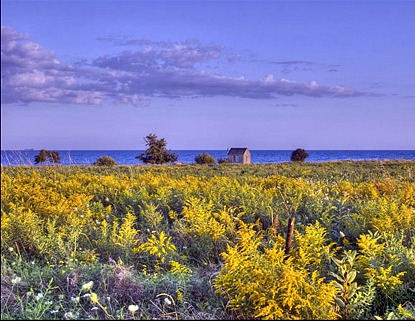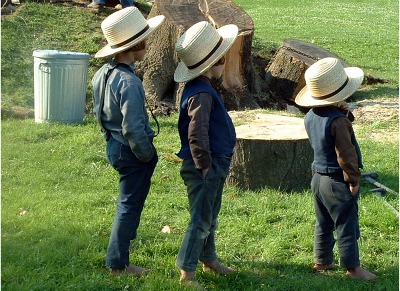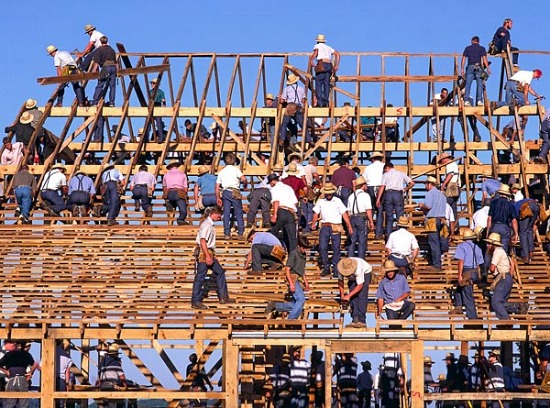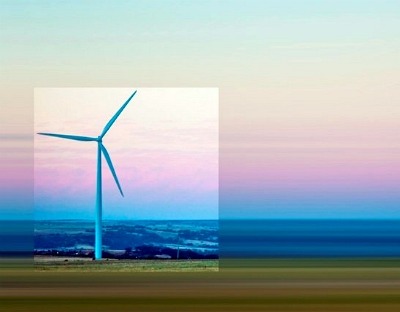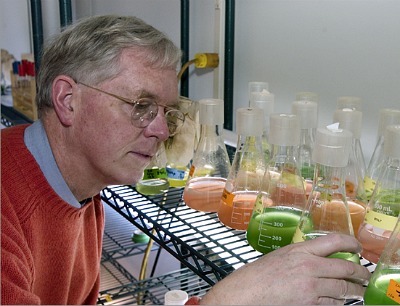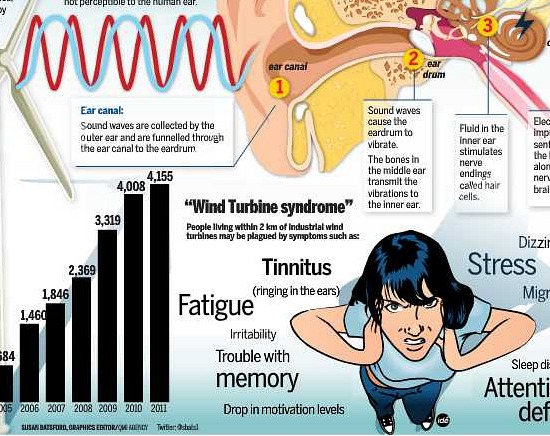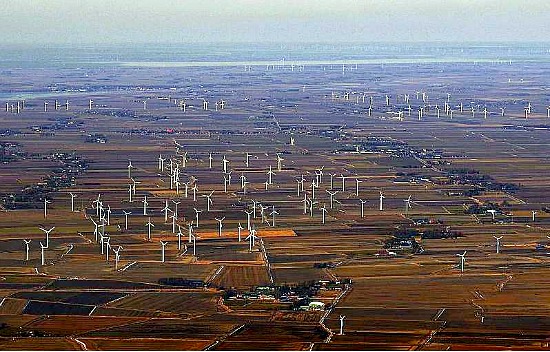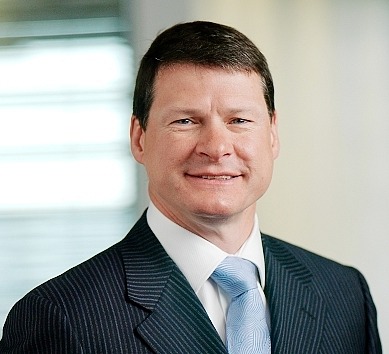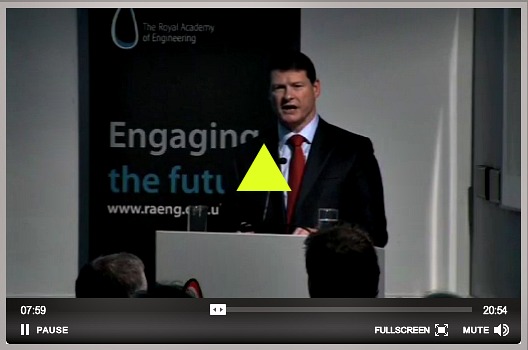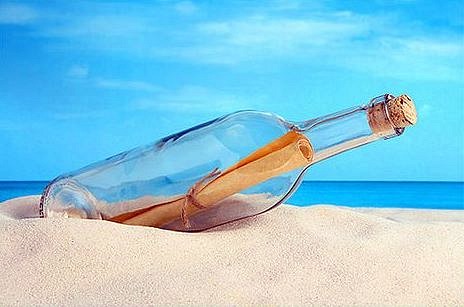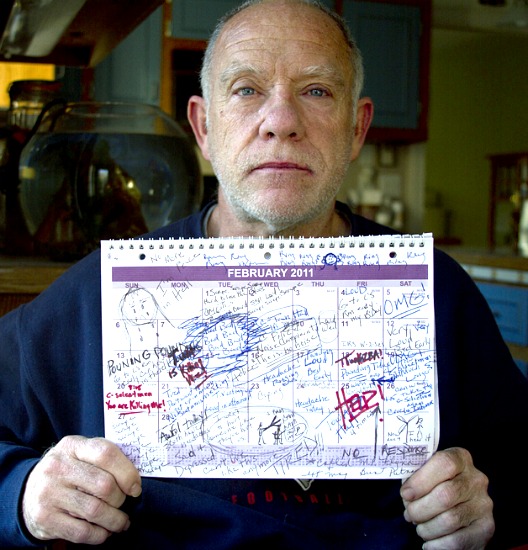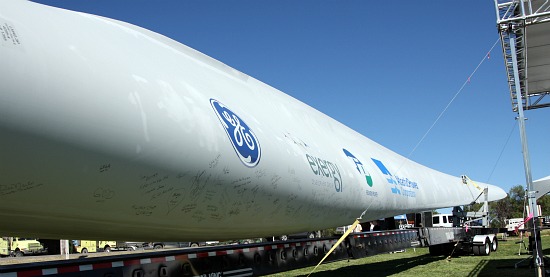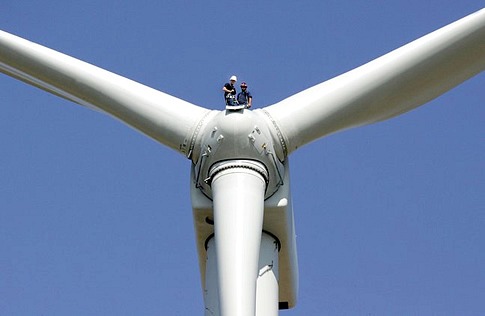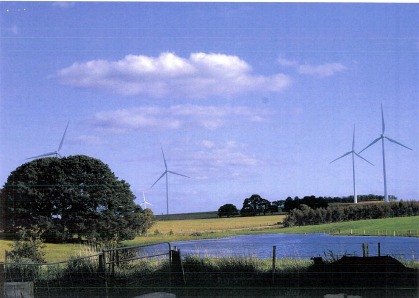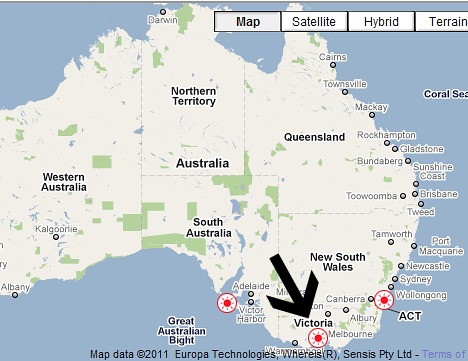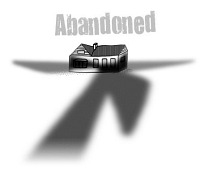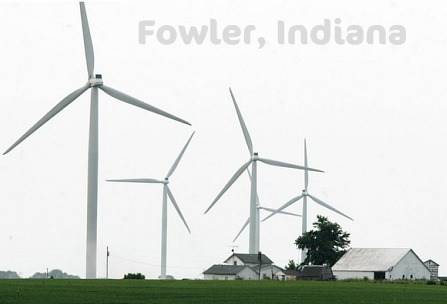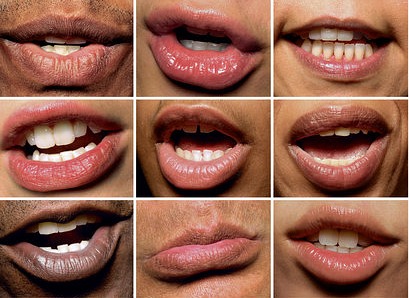Doctor pleads before the Australian Federal Senate
·
Editor’s note: The following is the text of Dr. Sarah Laurie’s oral testimony before the Australian Federal Senate, March 29, 2011.
·
Madam Chair and Fellow Senators:
I would like to thank you for giving me the opportunity to present to you in person.
I began this quest for knowledge when I was made aware of the proposed wind development near my home, almost a year ago, and was asked by my neighbour to comment on a study, by Dr Amanda Harry, a Cornish rural GP. It was only after reading this study that I really became concerned, and decided to look into the matter further, and find out what “patient” research had been done.
Sarah Laurie, MD
Medical Director, The Waubra Foundation
Prior to this I had been reassured by the official pronouncements from government health bodies that “there was no evidence of health problems.”
Like Dr David Iser, the Australian GP from Toora in Victoria, who investigated this a number of years ago, I did not want to find a problem. Locally, it has made things awkward for me with longstanding friends, former patients, and farming neighbours who have been through some very difficult years.
It has also made things very awkward with longstanding friends who are Greens, or who are passionate environmental advocates.
Dr Iser and I have both compared notes on our reluctance to accept that a technology in which we had invested so much hope for the future of the planet, could possibly be making people sick.
But it is. And we urgently need to find out why, in order to site turbines safely, so they will not seriously harm human health.
As I have listed in my submission, there are numerous doctors now, both in Australia and overseas, who have either conducted small studies on their patient populations, or conducted larger studies on patients who had developed the same health problems, since the wind developments had started operating near to their homes. We are all very concerned that these serious and mounting health problems are being ignored by our respective governments and health research institutions, previously held in high esteem.
I realized very early on that any research I did would be immediately seen by others to be tainted and, besides, some of that work had been done and had been ignored. Hence my acceptance of the position of Medical Director of the Waubra Foundation, and the objectives of the Foundation, particularly to collect field observations and use those to then ascertain what research is needed, and to then ensure that the best independent researchers in the particular scientific fields were encouraged to investigate the problems.
I have been privileged to get to know and now work closely with researchers around the globe who are trying to help identify and describe the problems, and to work out the scientific mechanisms for the damage being done to health. These include medical practitioners from a variety of disciplines, acousticians, physiologists, physicists, psychologists, and others. We are all united in our determination to find scientific answers to these questions.
We all have limited time and resources, and we need to ensure that any research which is done can be trusted by all parties, who are now very distrustful of each other. There is a lot at stake, for all parties. I am advised by Dr Bob Thorne, one of the independent acoustics researchers who has submitted a research proposal to the Foundation, that some very useful information and data could be gathered within 6 months.
If our original requests for funding had been granted 6 months ago, when asked, we could have had some results by now. There is no more time to lose.
There is absolutely no doubt that these turbines, particularly at some developments, are making nearby residents very sick, and that their symptoms worsen over time. This is resulting in people abandoning their homes and farms, if they can afford to. A recent example of this aired on South Australian ABC Stateline last Friday night. I was told by a local from Waterloo in South Australia yesterday that there are now five households who have left or are leaving Waterloo, primarily because they cannot sleep. That wind development seems to be particularly damaging to the local residents’ health. We need to find out why some developments seem to be worse than others.
We need to find out what the mechanism for their symptoms is. We have our strong hypotheses that one of the mechanisms is low frequency sound and infrasound, but these need to be formally tested, with concurrent measurement of infrasound, and other indices such as sleep and blood pressure, in the homes of the affected residents, while the turbines are turning. We then need to compare this to what happens when the turbines are not turning, which will require the cooperation of the industry. Alternatively, we can measure what happens to these residents when they are away from their homes, if such industry cooperation is not forthcoming. (more…)




